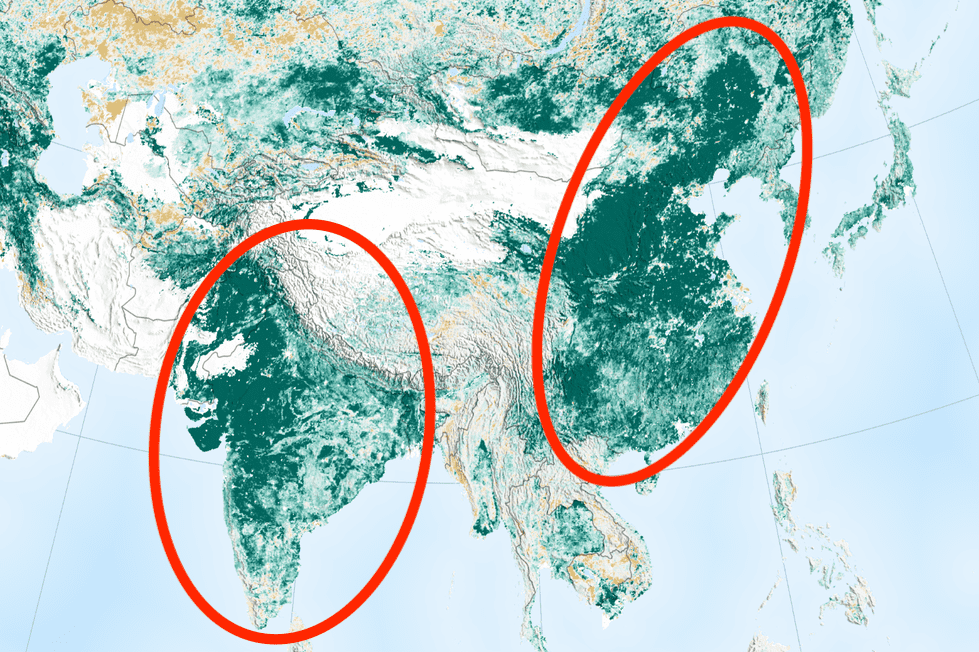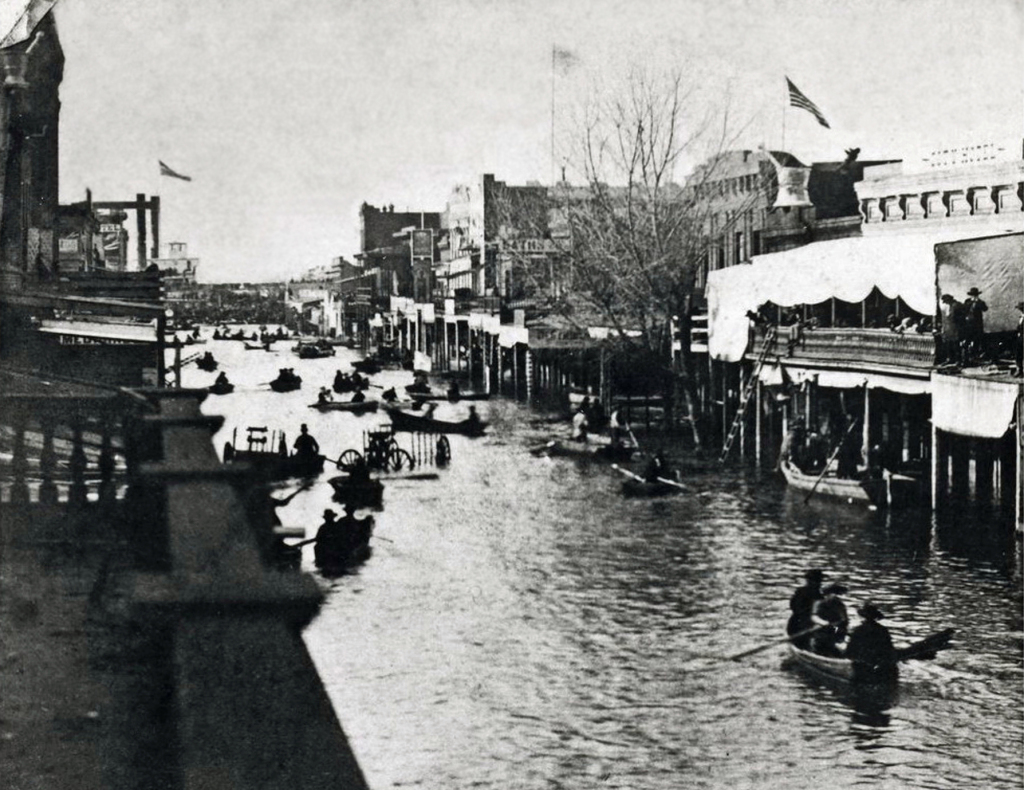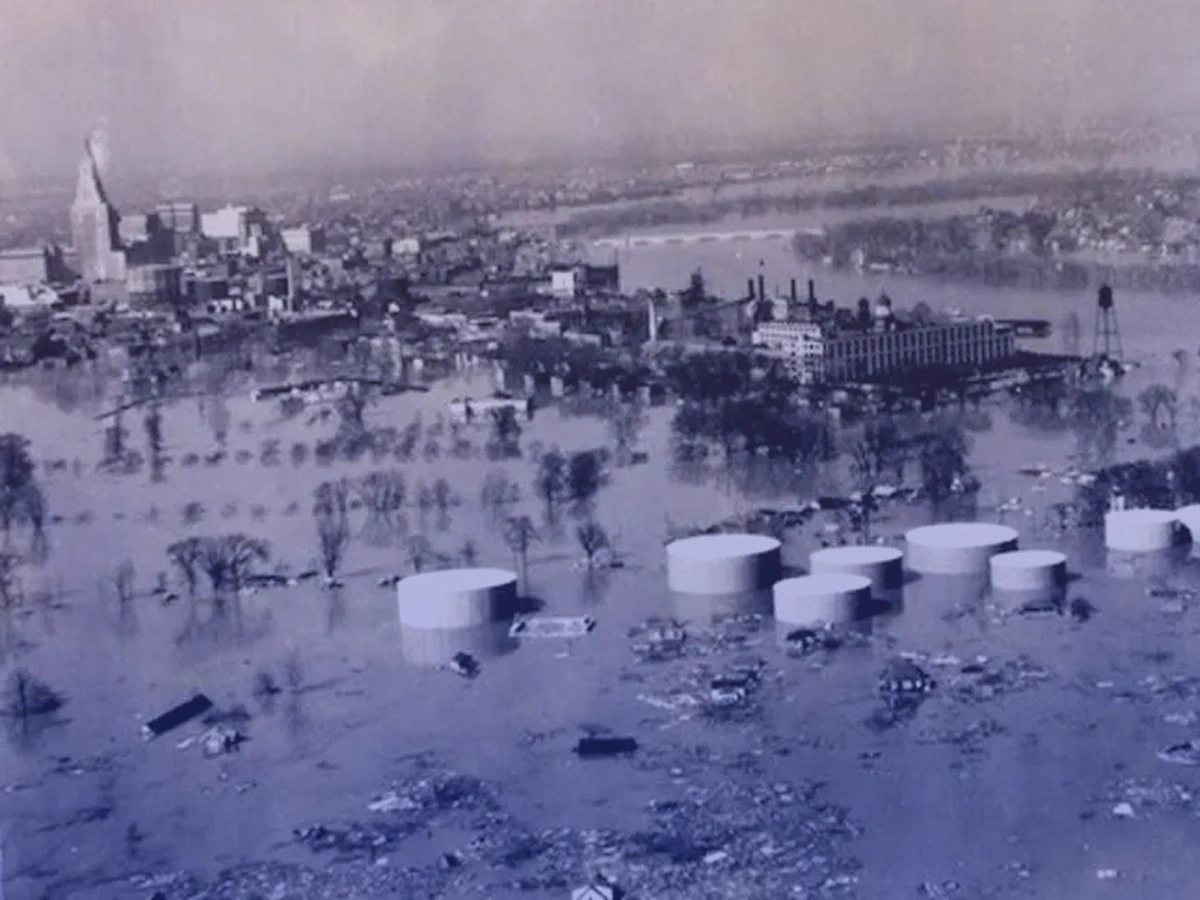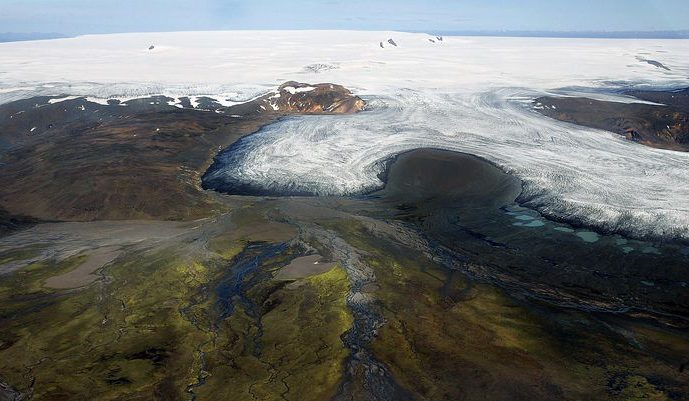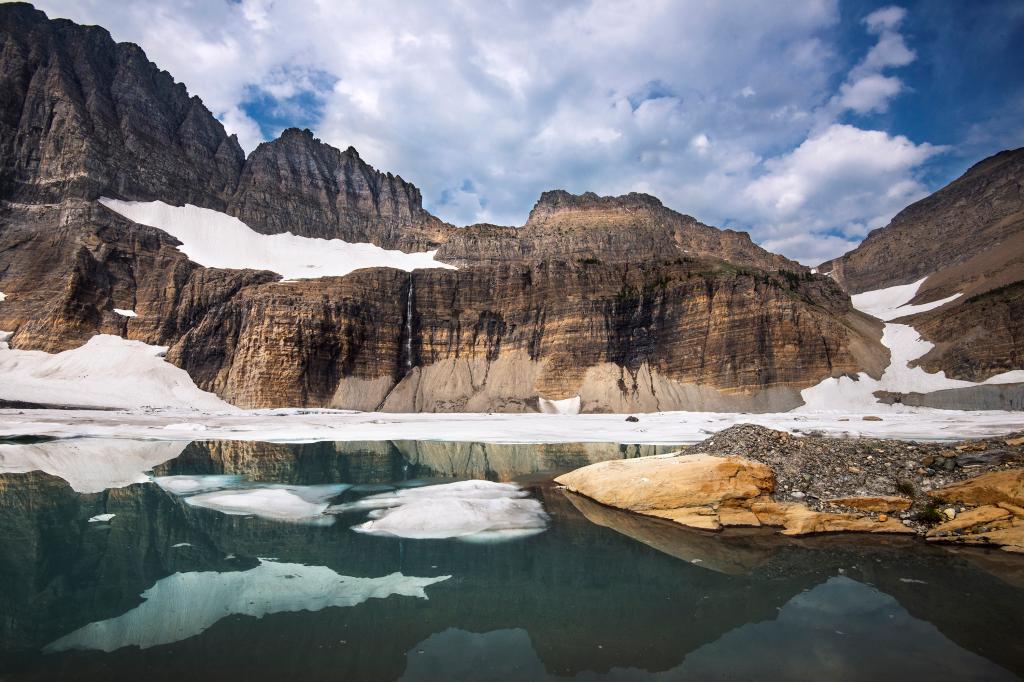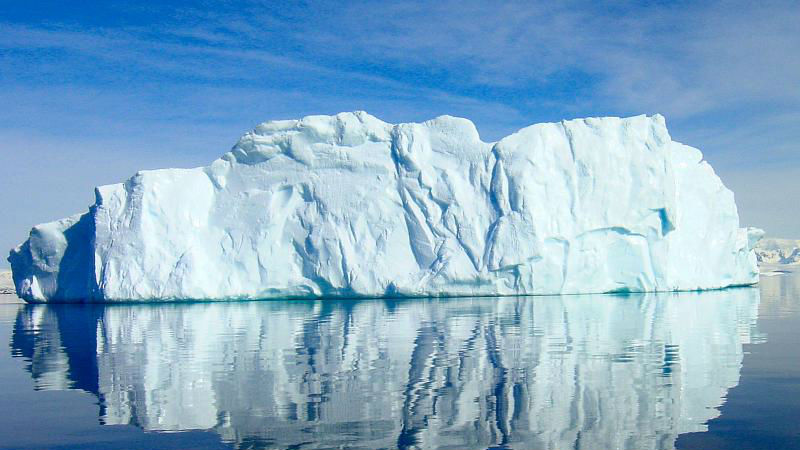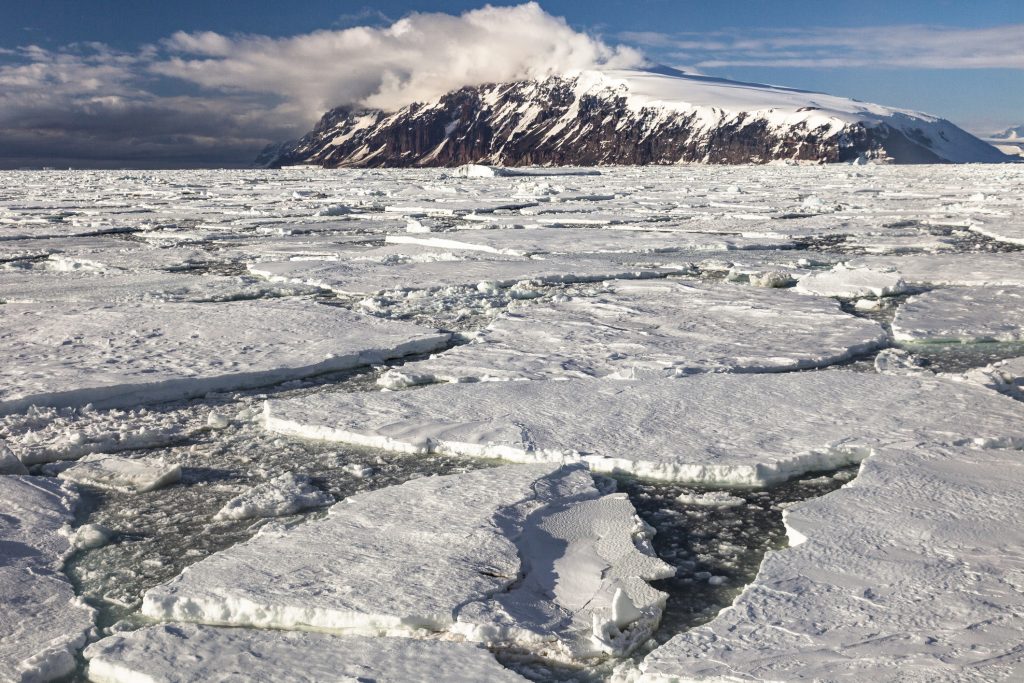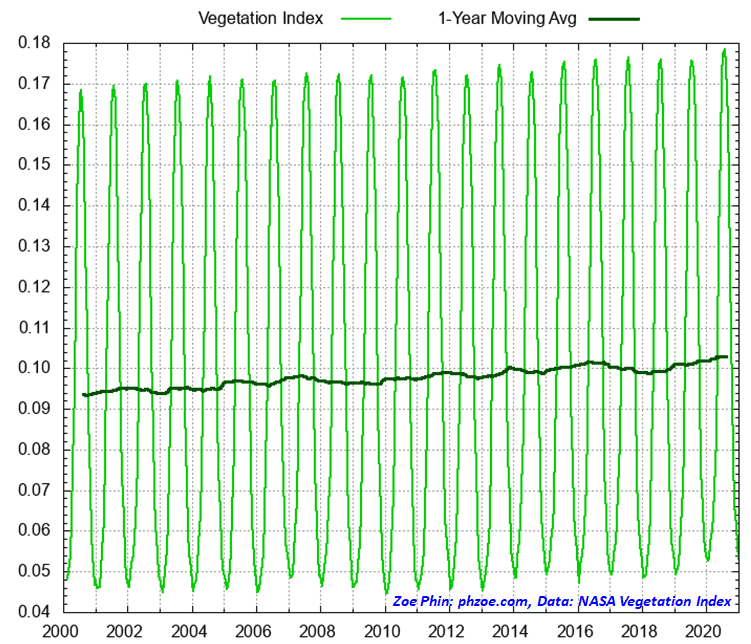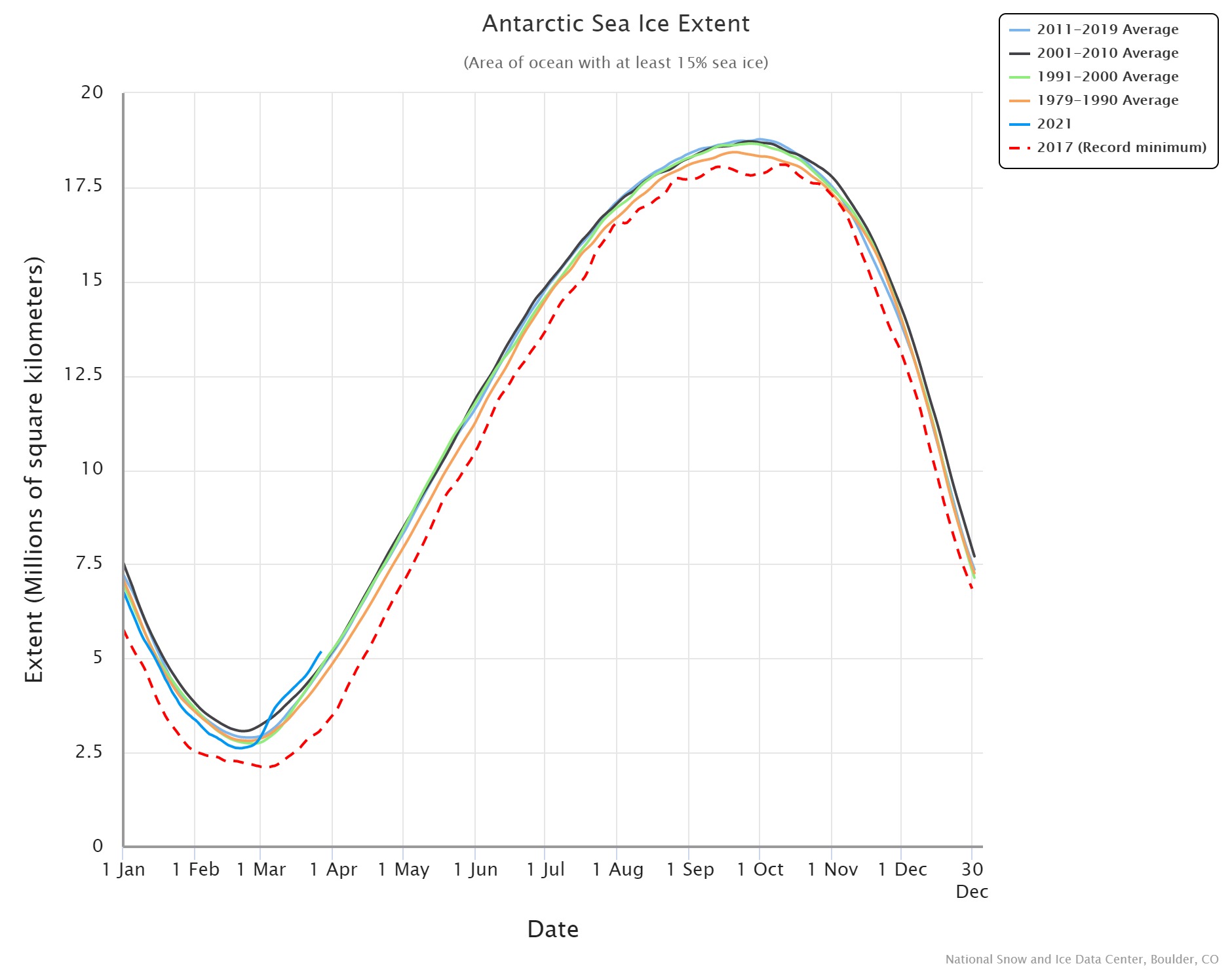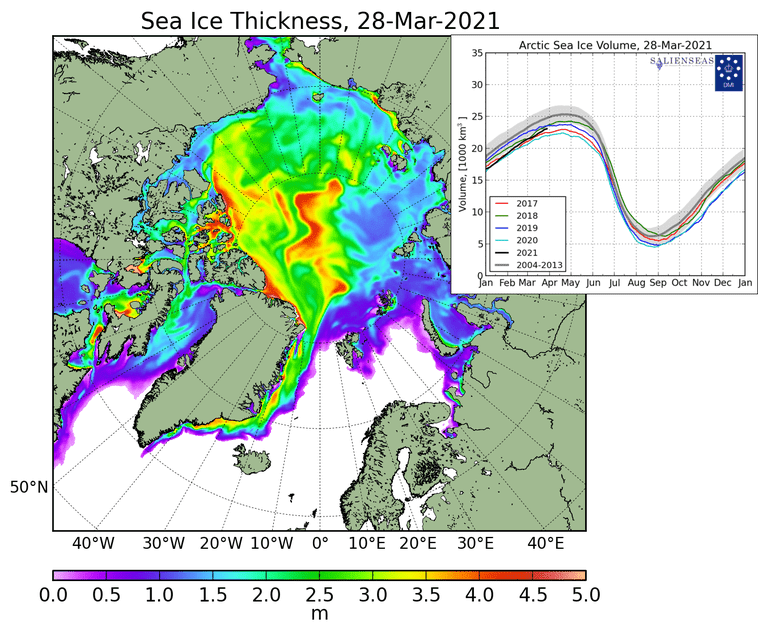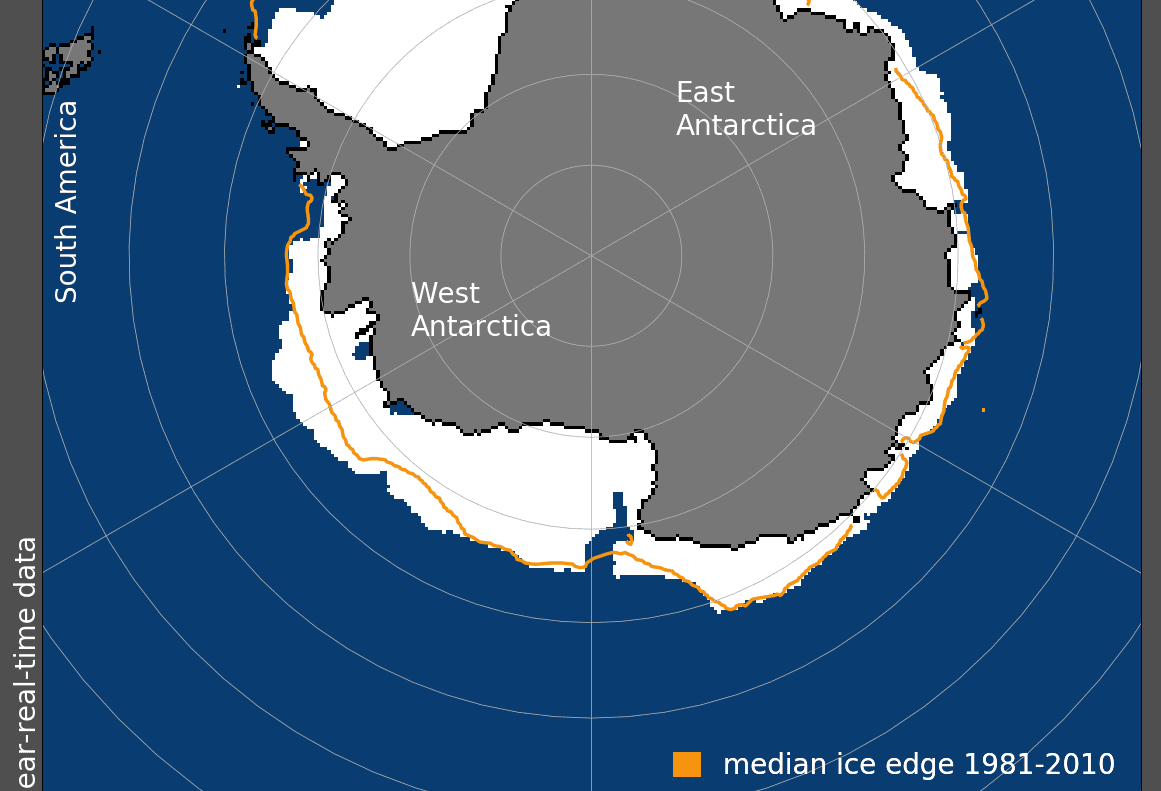There have already been a number of deaths from heat waves, and a number of crop failures likely due to climate change. Cold also kills, and the climate emergency is expected to produce some extreme cold events as well (as seen recently in North America).Colder weather has far more hazardous potential than warmer weather does, so a wise person will prepare more for colder weather. Warmer weather may make a person more uncomfortable, but it will almost always make crops grow better. But colder weather is more likely to directly kill people as well as crops.
The predictions on current course are that some areas will become too hot to live in, at least during the warmest periods. Plants stop growing when it gets too hot, pollination can be adversely affected, and growth of some staple grains is predicted to be significantly reduced by projected global temperature increases in the next few decades. (Even if you don't want to eat grains personally, much of the world relies on them for survival.) Extreme temperatures can also affect fruit set, reducing yield.
The IPCC has a large number of very competent scientists contributing to it.
I see no reason to privilege the disparate views of a small minority of (often fossil-fuel-funded) contrarians without a consistent theory to account for all the many observed phenomena..
On the contrary, as predicted, observations and measurements show trends of:Name some examples. Literally every prediction they've made has failed.
An increase in average global surface temperature of around 1C so far.
Increase in global sea temperature.
Sea level rise, inundating some coastal land and small islands.
More severe droughts. (Increased vulnerability to wild fires.)
More severe flooding.
More severe hurricanes.
Heat waves.
Large areas of coral bleaching.
Several decades of consecutive mass loss from major glaciers.
Reduction in mass of Greenland icesheet and West Antarctic icesheet.
Submarine methane clathrates beginning to release.
Arctic tundra thawing.
Some species moving their range.
Reduction in crop yields for some crops.
Last edited:

